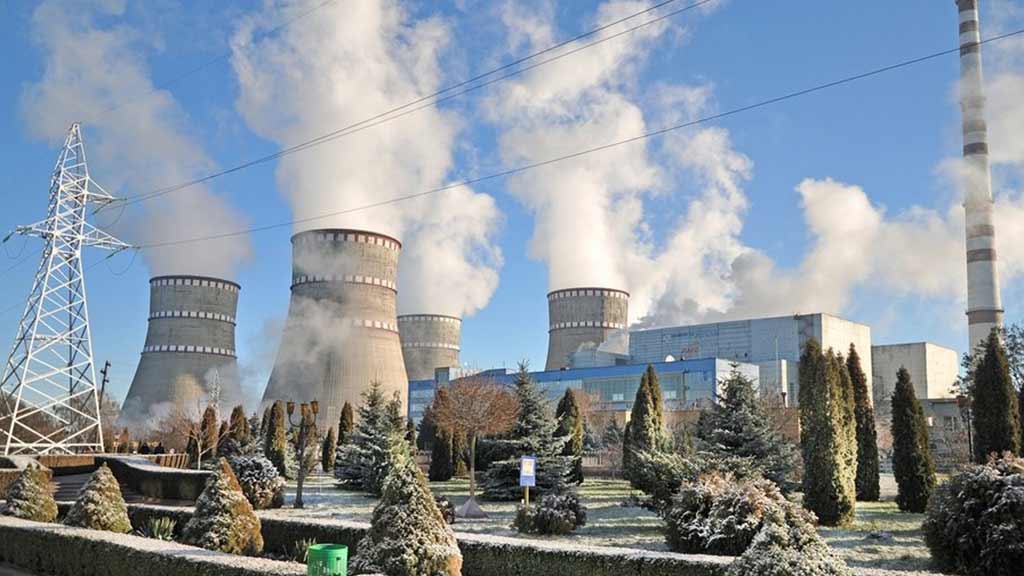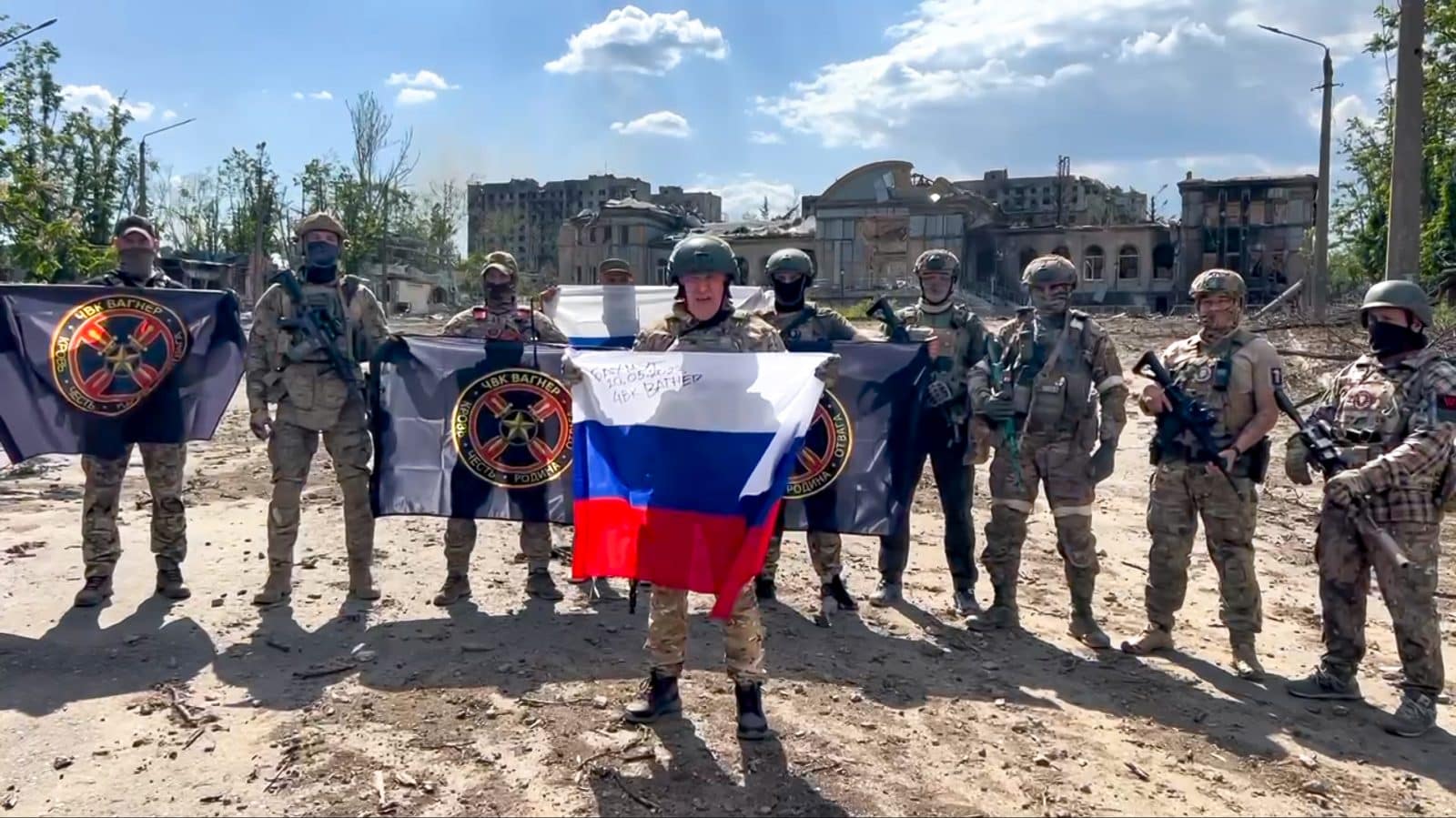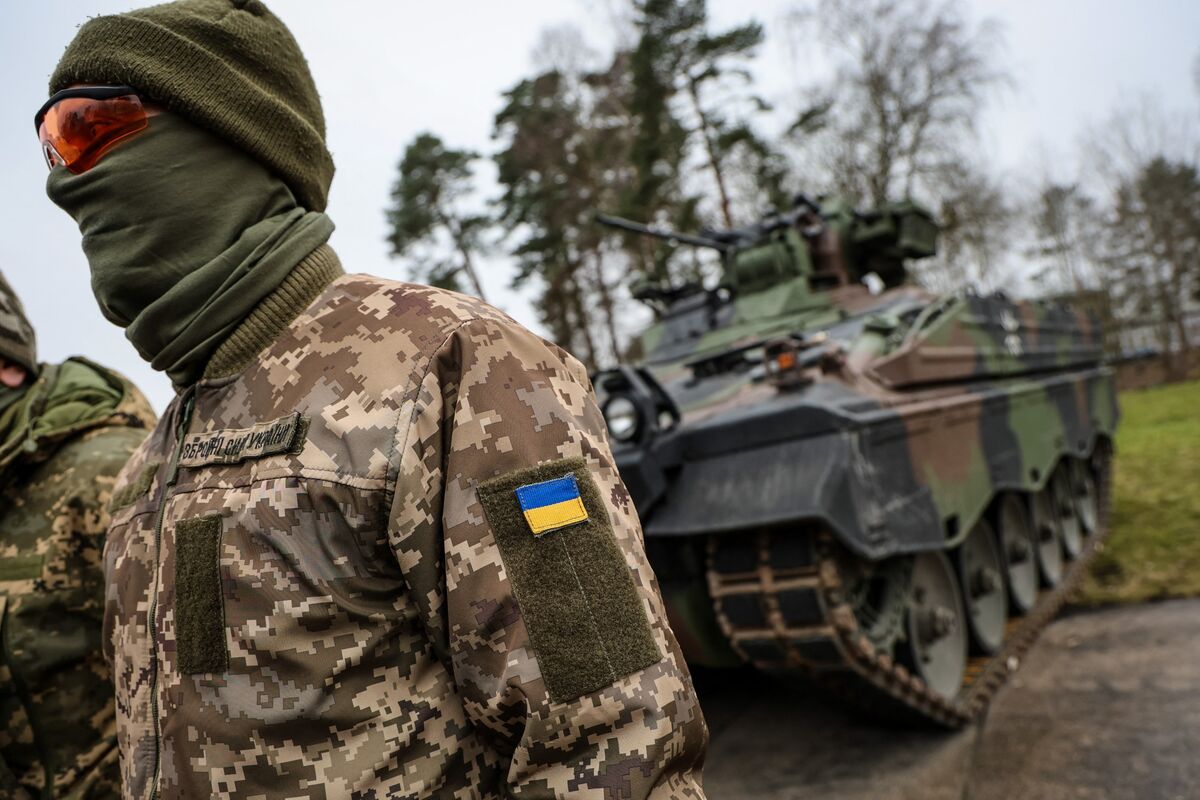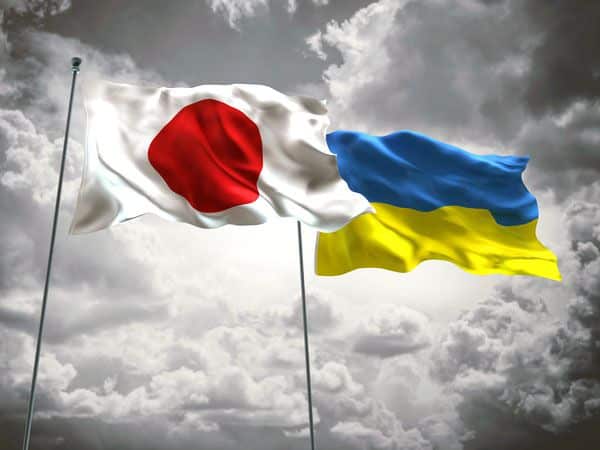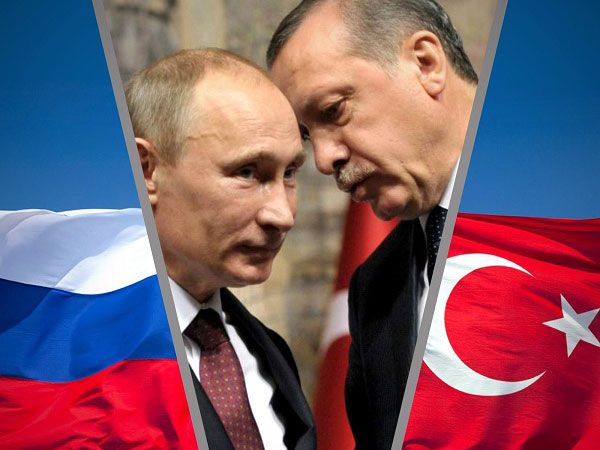Table of Contents
Scandinavia was covered by a wave of reports about Russian espionage even before the start of the Russian invasion on February 24, 2022.
The collective “Lubyanka” [a metonym that is often used in informal journalistic and colloquial speech to collectively refer to the state security bodies of the USSR and the Russian Federation, in particular, the KGB of the USSR and the FSS – ed.] launched a special activity in Norway. It is possible that it aims to sabotage the Norwegian energy infrastructure at the peak of the heating season.
See also: Anatomy of rashizm: how the undefeated totalitarian legacy became a countdown to Putin’s Russia
How justified are such fears? And what threats does it pose to us?
Drone attack
The police arrested one Andrey Yakunin in the Norwegian city of Hammerfest, which is considered the northernmost city of the continent on October 17, 2022.
The man with a Russian surname turned out to be no ordinary Russian, but the son of Vladimir Yakunin, the former chairman of the Russian Railways and an oligarch from Putin’s close circle. In court, however, the detainee identified himself as a British citizen permanently residing in Italy.
However, the police found not only his British but also Russian passports during a search on a vessel with the symbolic name “Firebird” (it also sails under the British flag, but does not belong to Yakunin).
“Firebird” has been cutting waves along the coast of Norway and Svalbard since the beginning of summer.
The reason for the arrest was the launch of drones near a classified object right on Svalbard. It is rumored, although no official charges have been brought in this regard, that the northernmost gas terminal in Europe, where they work with gas from fields near the archipelago become the classified one.
See also: Iranian kamikaze drones Arash-2 – what is known about them, their capabilities and characteristics
After the full-scale invasion and the imposition of severe sanctions on the Russian Federation, it was Norway that became the main supplier of gas to Europe. Therefore, criminal logic and interests can be traced in these actions.
On the other hand, it is not excluded that Norway uses the important figure of not the last Russian to send a signal about the seriousness of the situation. Because the Norwegians, having a common border with Russia and a significant diaspora, took hybrid threats very seriously.
In particular, all Russian citizens are prohibited from piloting drones on the territory of Norway since February 28, 2022.
In fact, the ban on the use of Norwegian airspace, which is valid for Russian airlines and citizens, is extended to drones of any type.
Despite this, many cases of violations of the ban have been recorded. Just in the same week when Yakunin was detained, the police arrested six other Russians precisely for operating drones. One of them tried to leave for Russia with four terabytes of footage!
Drones were launched near airports (in particular, in Bergen), which is generally prohibited by law for everyone, near oil and gas infrastructure facilities, and military bases. According to the reports of the Norwegian special services, such activity has increased unprecedentedly this year.
See also: Putin raised the stakes: how Japan helps Ukraine
It is interesting that a similar situation was recorded in neighboring Sweden, but not during the Russian invasion, but before it – in January 2022, when the number of illegal drone flights increased sharply, in particular near airfields, nuclear power plants, and military facilities.
There is still no explanation for this, except for attempts to collect confidential data and psychological pressure. The same scenarios of Russian “drone attacks” are now being considered by the Norwegian special services.
Perhaps not all of these cases are acts of espionage. It may also be that many people, including Russian citizens, have always launched drones. But people did not pay attention to it and did not record it. However, the focus on infrastructure facilities worries the Scandinavians.
Norwegians are especially nervous about their oil and gas industry after the blow-up of the Nord Streams at the bottom of the Baltic Sea.
One of the possible scenarios for such sabotage is the collection of information for the preparation of sabotage on the Norwegian energy infrastructure at the peak of the heating season.
It is difficult to even predict what consequences this will have for Europe.
Therefore, the fact that the Norwegians act tough and sometimes are very careful is understandable. Andrey Yacunin has already been formally charged, and this should be a signal that no one, not even the children of Russian oligarchs, can violate the ban on drones.
Although it is quite likely that he only wanted to photograph birds and polar bears – he is still too famous for a spy.
Or, if the Russians are so desperate that they are forced to use the children of oligarchs as secret agents, we can expect to see Putin’s daughters, who are known to live in the Netherlands, in this role soon.
Adventures of a Russian Brazilian in the Arctic
The “drone wars” coincided with another striking case, this time of undoubted agent work.
Norwegian police arrested a Brazilian citizen named Jose Assis Giammaria on October 24, 2022. At the end of 2021, he managed to get a job as a guest researcher at the Faculty of Security Studies at the Arctic University of Norway.
The faculty specializes in Arctic security studies, and it was the hybrid warfare in the Arctic that attracted the Brazilian, seemingly in a purely scientific aspect. Before that, he had studied the same subject for several years at the Universities of Ottawa and Calgary in Canada.
At the university, according to colleagues, the Brazilian citizen behaved strangely. He asked a lot of questions, avoiding talking about himself, and in addition, he refused to communicate on social networks, which he allegedly does not use, and spoke only on Telegram. Probably, it was his suspicious behavior that helped to bring him to light.
The Brazilian documents turned out to be fake, and the “scientist” was a six years older Russian citizen named Mikhail Mikushin.
He is also under arrest until the end of November, and his fate will be decided by the court.
In fact, we can talk about the presence of a whole network of Russian spies in Europe to be allegedly Latin Americans.
In the summer, the same fake “Brazilian” of Russian origin tried to get a job at the International Criminal Court in The Hague. And a couple of months ago, a story emerged about a Russian woman who, under the guise of a Peruvian woman and jewelry designer (she bought jewelry on AliExpress), became a socialite in Naples, where she gained the trust, and seduced the officers of the NATO command in Europe.
Interestingly, all three false identities were created in the same year – 2006. We can talk about a single operation. How many such “Latin Americans” are still working in Europe?
It is ironic that this time the faculty which dealt with hybrid threats became their victims. European naivety can be overwhelming, even in “expert” circles. There can be no doubt that Mikushin, identified by Bellingcat investigators as at least a GRU colonel, is not the only agent in various echelons of Norwegian society.
In neighboring Sweden, a few years ago there was also a scandal about a “polite migrant” from Russia who changed his identity several times, which did not prevent him from getting a job in the migration service, and later in the parliament.
At the same time, the “oppositionist” tried to influence the public debate in the country as a journalist. He did this by throwing opposing theses into the information space under different pseudonyms: one text said that migrants should be granted citizenship and the right to vote immediately upon arrival in Sweden, and the second – is about the fact that all foreigners should be forcibly deported.
In this way, the amplitude of polarization fluctuated – and that’s what the agent of influence was caught on, when he somehow forgot to change his login, sending another polemical attack. Shortly before that, he bought an apartment in the most prestigious area of Stockholm for a fraction of the cost. Fee? But due to the lack of evidence (or the desire or ability of the Swedish Intelligence to find them), the case did not go further than public shaming.
The same scheme in action can be seen in other examples. Before the invasion, Swedish universities also received more frequent requests from foreigners without any scientific profile, often Russian emigrants, who in 2021 wanted to study the experience of the hybrid war in Ukraine.
An elementary Google check shows that most of these people are involved in pro-Russian organizations.
There is also no shortage of agents of influence in the Swedish media and scientific circles who make a career out of demonizing Ukraine, spreading Russian narratives, and blocking the work of Ukrainian researchers.
We cannot even imagine the scale of the agent networks that Russia has established in the Nordic countries since the Soviet era.
Is Stierlitz close to failure?
Scandinavia has always been an area of special interest for various intelligence agencies.
During the Second World War, Stockholm became a real meeting place and transit point for spies from all sides. After 1945, Sweden, with its close location and neutral status, also became a base for Soviet agents.
The old networks are still active – and are supplemented by new projects and attempts at informational influence.
They continue the old Soviet tradition of “active measures” – a combination of disinformation, psychological operations (PSYOP), espionage, sabotage, and sometimes attacks or killings, with the aim of polarizing, destabilizing, and weakening a hostile society.
Not so long ago, researchers exposed a large-scale Russian disinformation network in Europe – the so-called Operation “Secondary Infection”, named after the memory of KGB [Russian former Soviet Union security agency – ed.] state security operation of the 80s, which spread the AIDS conspiracy theory as a CIA bio laboratory project (doesn’t it remind you of anything?).
Interestingly, that Sweden is one of the key targets of “Secondary Infection” – along with such key countries as Germany, Spain, Italy, and Poland. And this is not surprising, because Russians dream of the Baltic Sea as their inner sea.
But the “Norwegian trail” is a step further north. Of course, not all of the drone episodes we’ve been hearing about lately are part of “active measures.” But the points of interest are clearly visible: Norwegian oil and gas, military infrastructure, and war in the Arctic.
A series of large-scale oil and gas sabotages in winter will be more threatening for us in the short term, which will cause interruptions in gas supplies from Norway to Europe, in the hope of causing the lifting of sanctions against Russia.
Here we can only hope for the Norwegian intelligence services, which seem to be more conscious than the Swedish ones.
But in the longer term, the capture and establishment of a sphere of influence in the Arctic are one of Russia’s priorities. In addition, the Arctic will become more and more open to economic activity with climate change.
So if only Russia has such an opportunity, the prospect of war in the Arctic is almost inevitable.
Now we are observing only the first steps in this direction.
Roman Horbyk, Senior Lecturer / Lektor at Södertörn University College for European Pravda. Translated and edited by Yeva Fedoriv for the UaPosition – Ukrainian news and analytics website

